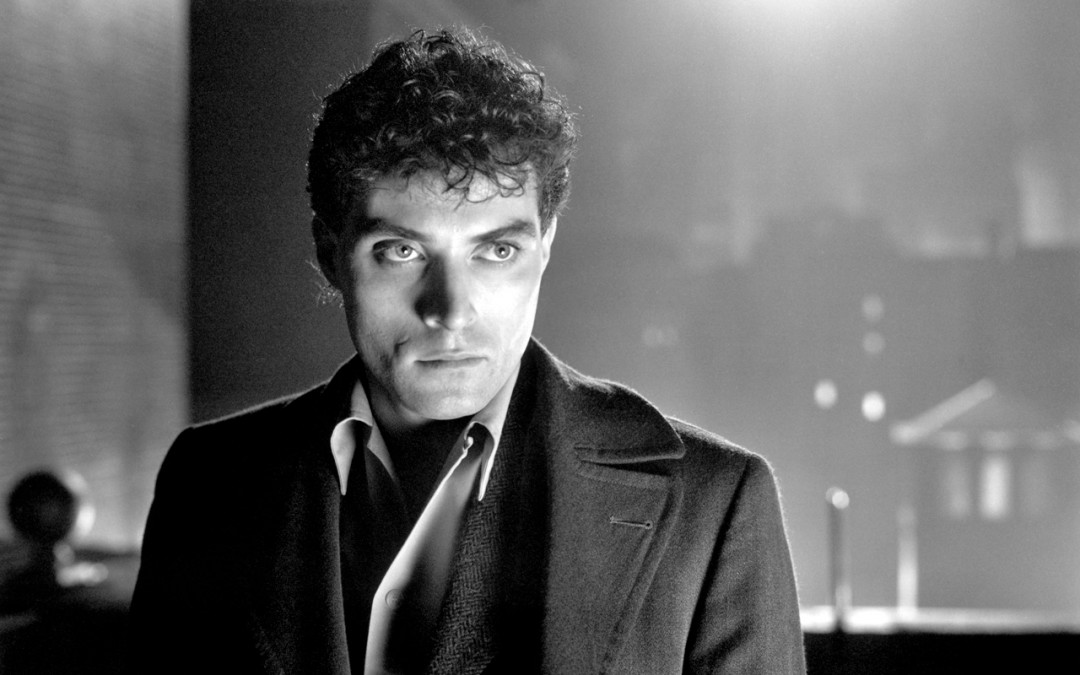A dark universe
Director Alex Proyas’s “Dark City” is unlike just about every other film I’ve ever seen. I still am not sure about it and I’ve seen it dozens of times. We’ll watch it in the context of the other films that have come before it this semester – “Hero,” “Run, Lola Run,” “Vertigo” and “Twelve Monkeys” – in that it definitely shares some common traits in terms of story and directorial decision-making.
But, that seems like that’s where the similarities end, for the most part. This film has so many important pieces and issues to be considered:
- What does it mean to be human?
- What is reality?
- Are we in control of our own reality?
- Are we being manipulated? If so, by whom and why? Would we even know if we were?
- What are the boundaries of our reality? What lies beyond those boundaries?
- How do the visual elements of a film influence our perception of the story being told?
- How do familiar visual elements and references to famous art and artistic styles help establish various moods in this film?
- What influence do color palettes have on our perception of reality, time and space?
Oh, I could go on. But you get the idea. These are not simple questions, and they certainly aren’t questions that one normally has after watching standard Hollywood fare, that’s for sure.
Here’s what I suggest we do before we begin discussing “Dark City” too much:
- Read the “Dark City” script
- Read Roger Ebert’s amazing review and discussion
- Consider the other key films by Alex Proyas – “The Crow” and “I, Robot” – and what do they have in common with “Dark City” and how can they inform us
…more to come

